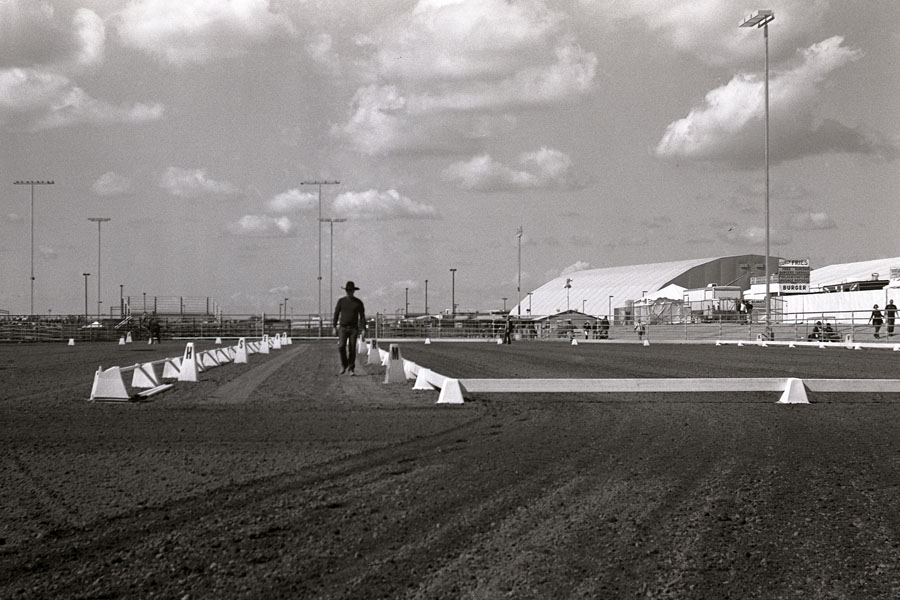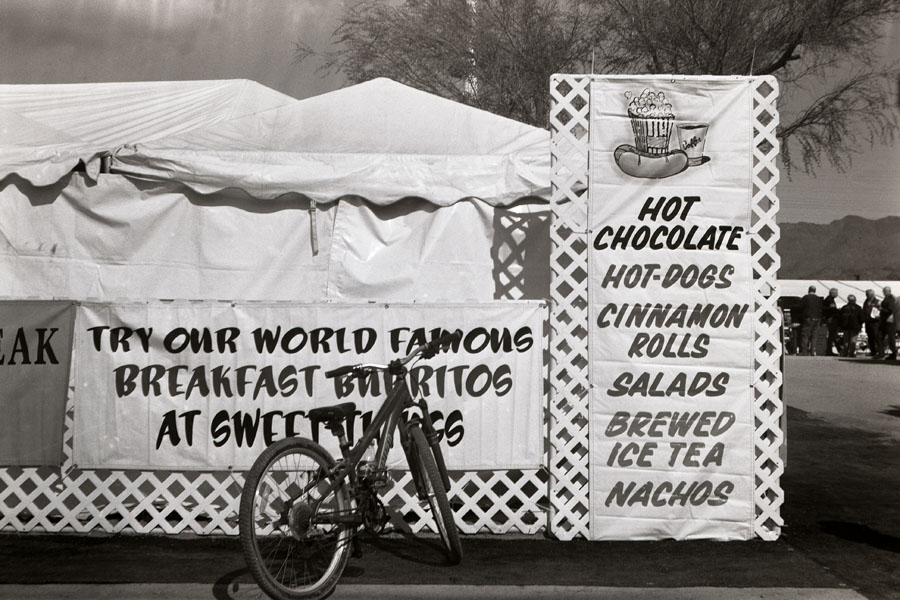dazedgonebye
Veteran
Just a couple from the horse show the other day. This was a very interesting camera to shoot. The little viewfinder made anything more than pointing in the right general direction tough to predict.
FP4 in Barry's two bath formula.
1/50th, f22


The camera....

FP4 in Barry's two bath formula.
1/50th, f22


The camera....


